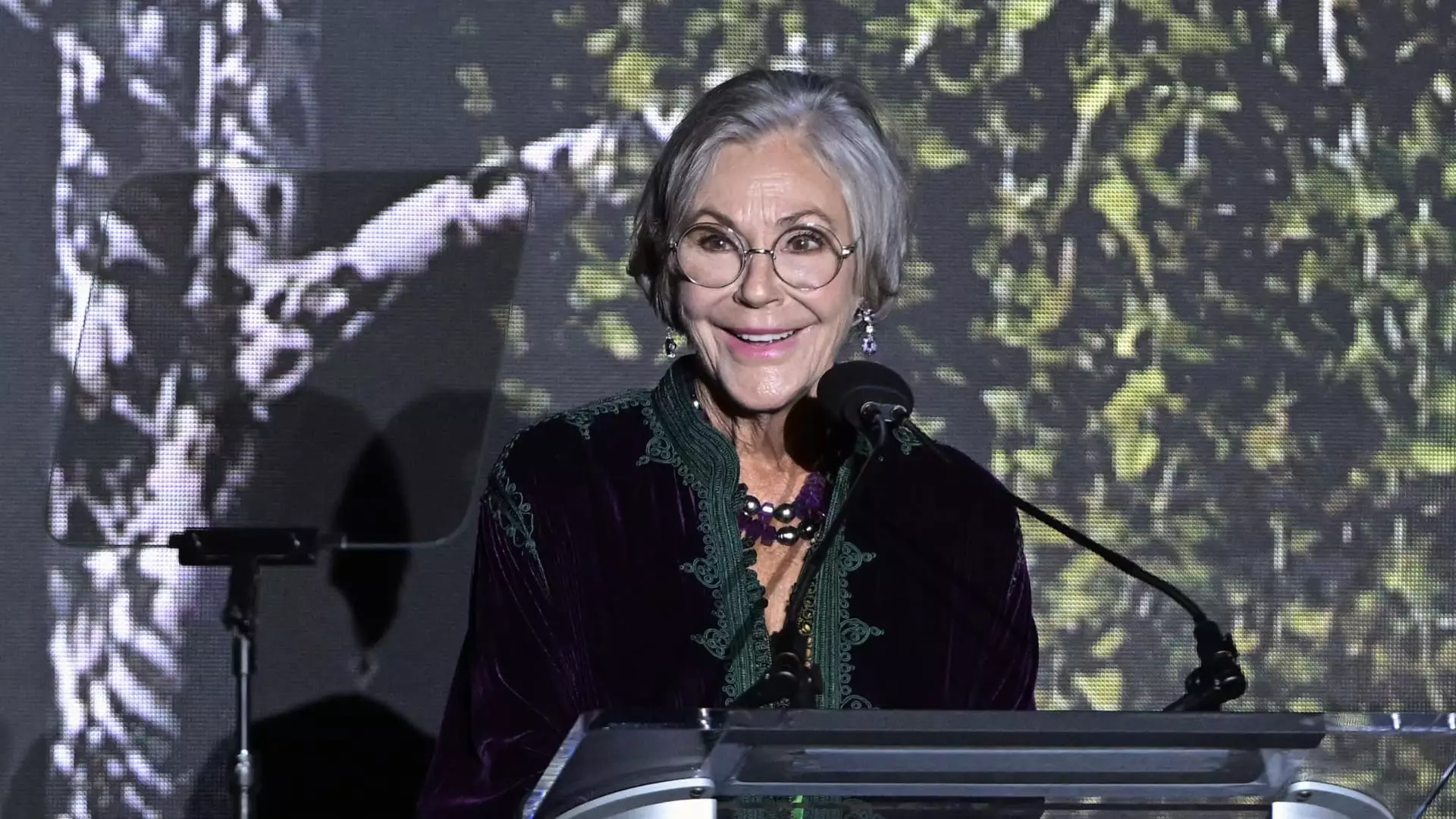The landscape of wealth is undergoing a notable transformation as more women become billionaires, signaling a broader change in investments, interests, and philanthropic efforts. According to the Altrata Billionaire Census, women now represent 13% of the global billionaire population, amounting to 431 individuals among the 3,323 billionaires worldwide. While this figure might seem modest at first glance, it reflects a substantial shift over the last decade with implications for wealth distribution, economic opportunities, and societal contributions.
Women’s ascendance in the billionaire ranks can be attributed largely to a combination of factors including evolving cultural attitudes, the growth of female entrepreneurship, and a significant impetus from generational wealth transfers. Over the past ten years, there has been a gradual but unmistakable increase in female participation not only in wealth accumulation but also in the broader economic landscape. The report points out that a large segment of female billionaires, approximately 75%, acquired their wealth through inheritance, a striking contrast to male billionaires, where only 5% inherit their riches. This inheritance trend signals a critical point: while wealth transfer mechanisms traditionally benefit males, a paradigm shift is underway allowing women to emerge as significant beneficiaries.
Interestingly, the report also underscores the anticipated influx of wealth women are set to inherit, with projections suggesting that female heirs could receive up to $30 trillion in the next decade. This looming financial change, often referred to as the “Great Wealth Transfer,” will likely alter not just the demographics of wealth ownership but also the patterns of how that wealth is utilized.
One notable distinction among billionaires is their approach toward philanthropy and spending. Female billionaires tend to focus their financial endeavors on charitable causes and nonprofit organizations significantly more than their male counterparts. The Altrata report suggests that nearly 20% of women in this elite group dedicate most of their professional time to nonprofits, revealing an inherent inclination towards social welfare and community-oriented initiatives. This is juxtaposed against a mere 5% of male billionaires who engage similarly, indicating a systematic divergence in how both genders allocate their time and resources.
Moreover, the implications of inherited wealth play a crucial role in shaping these philanthropic tendencies. Women often possess “fewer commercial commitments,” potentially granting them more freedom to engage in charitable work. This trend highlights a strong interconnection between wealth legacy and social consciousness—a characteristic more pronounced among women billionaires.
The investment portfolios of female billionaires also mirror a distinct departure from those of males in significant ways. Women are more likely to hold their wealth in private company stakes and liquid assets, with approximately 35% of their wealth tied up in private holdings compared to 28% for men. In contrast, men typically have a greater investment in stock markets—40% of their fortunes reside in stocks, attributed largely to technology-sector billionaires and public company founders. This divergence illustrates not only different paths to wealth but also varied philosophies on asset management and financial growth.
In addition to investment strategies, women billionaires showcase a pronounced preference for luxury real estate and art, often owning properties exceeding $10 million at rates 1.5 times higher than male billionaires. This inclination reflects a broader trend of prioritizing tangible assets and cultural investments rather than ultra-expensive toys often associated with male billionaires.
Finally, when it comes to personal interests and hobbies, stark contrasts are again evident. Philanthropy ranks as the most cited hobby among women billionaires, whereas sports dominate the interests of male billionaires. Women also express a fondness for art, education, and travel, while men are drawn to outdoor adventures, politics, and aviation. These distinctions expose deeper societal norms and gendered interests that could influence future generations of wealth holders.
In summarizing, the emergence and growing influence of women within the billionaire class signal a pivotal moment in global wealth dynamics. This evolution not only touches on issues of inheritance and financial management but also underscores deeper shifts in philanthropic priorities and cultural engagement. As women’s financial power rises, so too does a unique perspective on wealth, characterized by greater social responsibility and diverse investment interests.


Leave a Reply